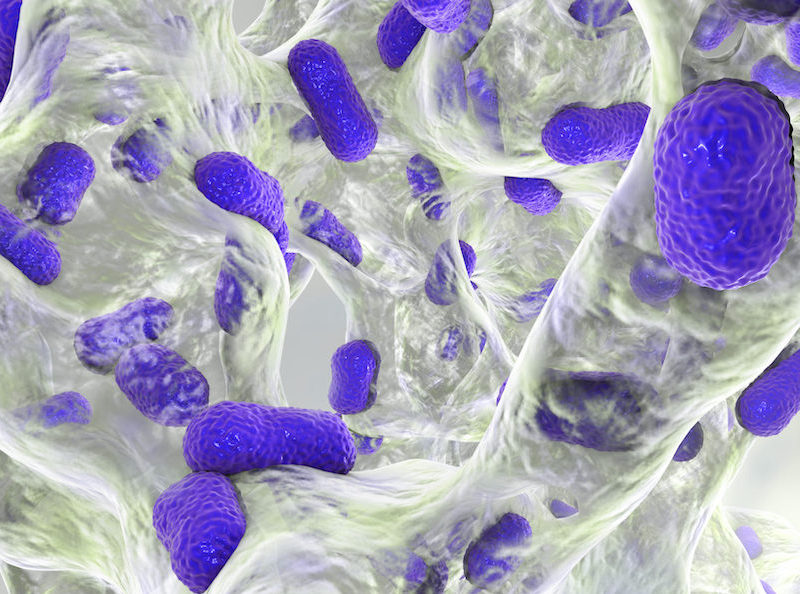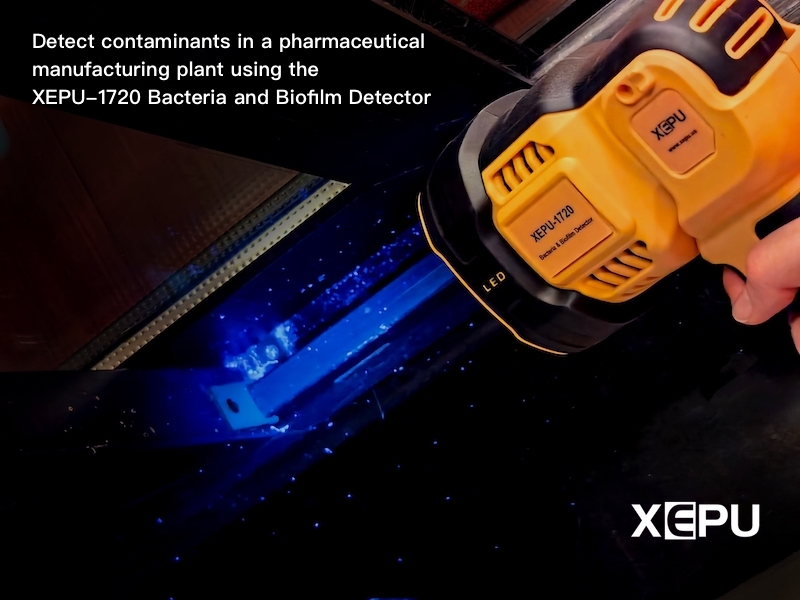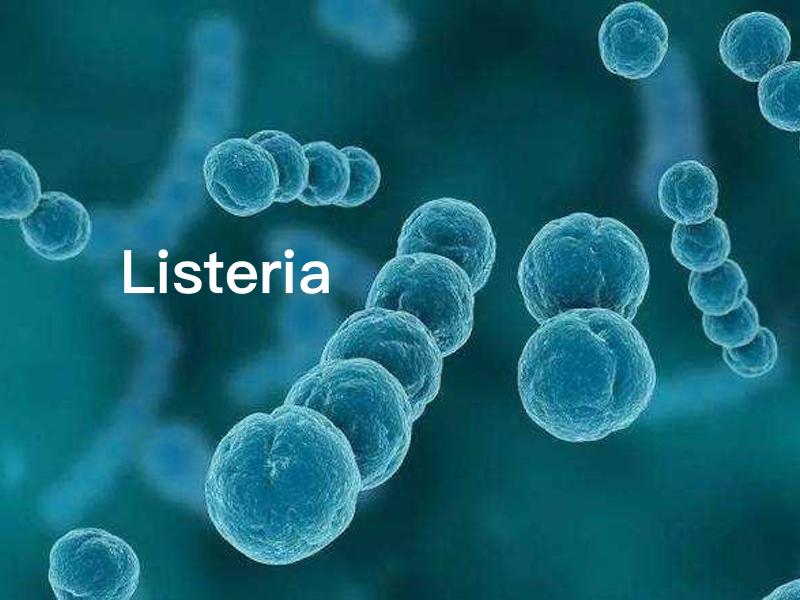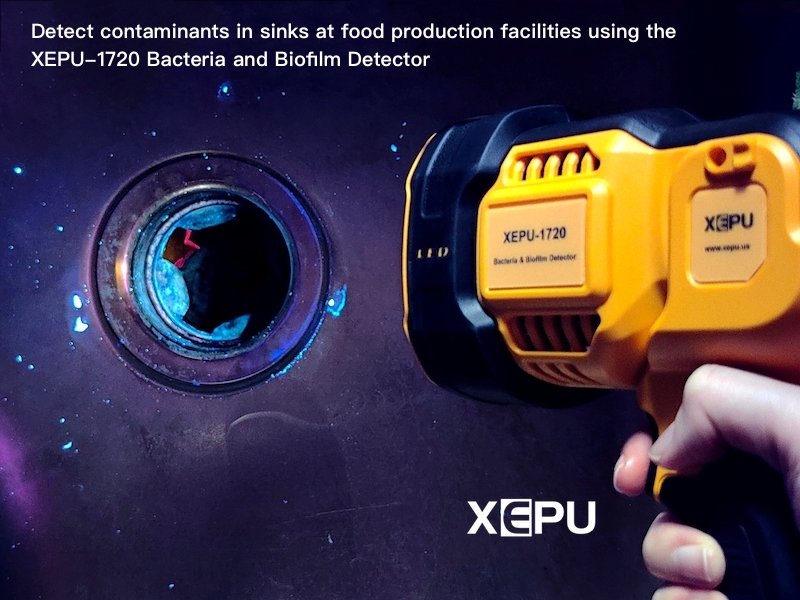How to Choose an Ideal UV Transilluminator?
UV Transilluminator
UV transilluminators and blue light transilluminators are commonly used in molecular biology labs for gel observation and gel cutting in nucleic acid (DNA/RNA) gel electrophoresis experiments. There are many models of UV transilluminators available in the market. How to choose an ideal UV transilluminator that best fits your needs? Today we will share three steps to help researchers choose an ideal UV transilluminator.
Figure below: dual-wavelength UV transilluminator XEPU-1126ML
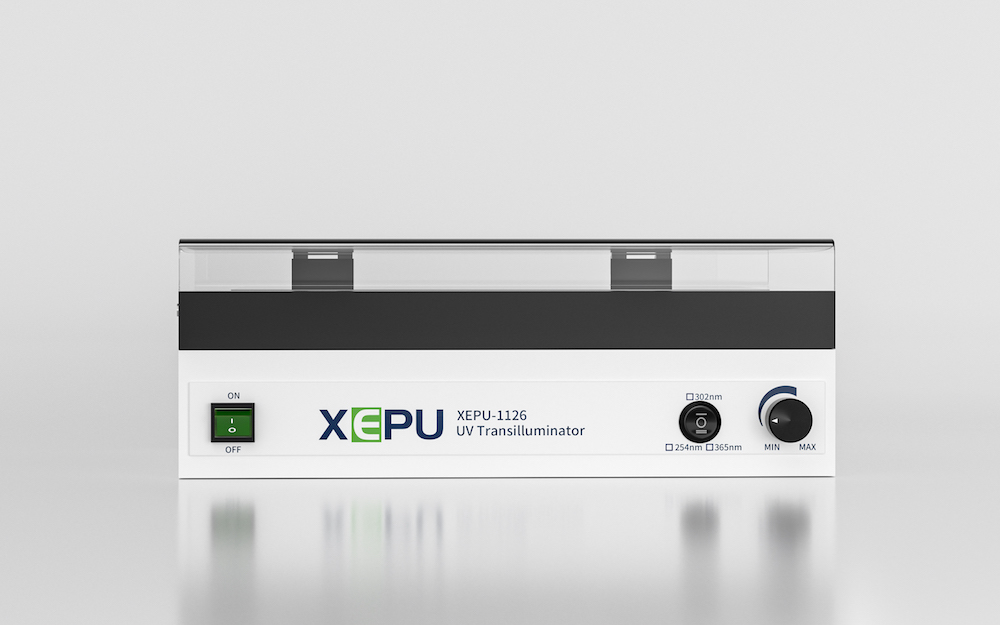
Step 1: Determine the required wavelength based on your fluorescent dyes
Different nucleic acid fluorescent dyes can be excited by different light sources, so it is necessary to determine whether ultraviolet light can excite the fluorescent dye you use. For example, ethidium bromide (EB) can be excited by ultraviolet light and thus a UV transilluminator will be a good device. Some fluorescent dyes are more sensitive to blue light, so a blue light transilluminator is more appropriate in this case.
Step 2: Determine the wavelength of UV light
Ultraviolet light spans from 200 nm to 400 nm in the spectrum and is further divided into three types. Different types of UV light have different UV energy, so it is critical to choose a wavelength that fit your specific needs.
(1) Longwave UV light (UVA): 315 nm to 400nm, peak 365 nm
(2) Medium wave UV light (UVB): 280 nm to 315 nm, peak 302 nm
(3) Shortwave UV light (UVC): 100 nm to 280 nm, peak 254 nm
The 302 nm medium wave UV transilluminator is excellent for the observation of DNA/RNA bands, while 365 nm longwave UV transilluminator is ideal for gel cutting. We recommend dual-wavelength UV transilluminator XEPU-1126ML, which offers both 302 nm and 365 nm UV irradiation and covers both gel viewing and gel cutting in nucleic acid gel electrophoresis.
Figure below: dual-wavelength UV transilluminator XEPU-1126ML, designed for both gel viewing and cutting
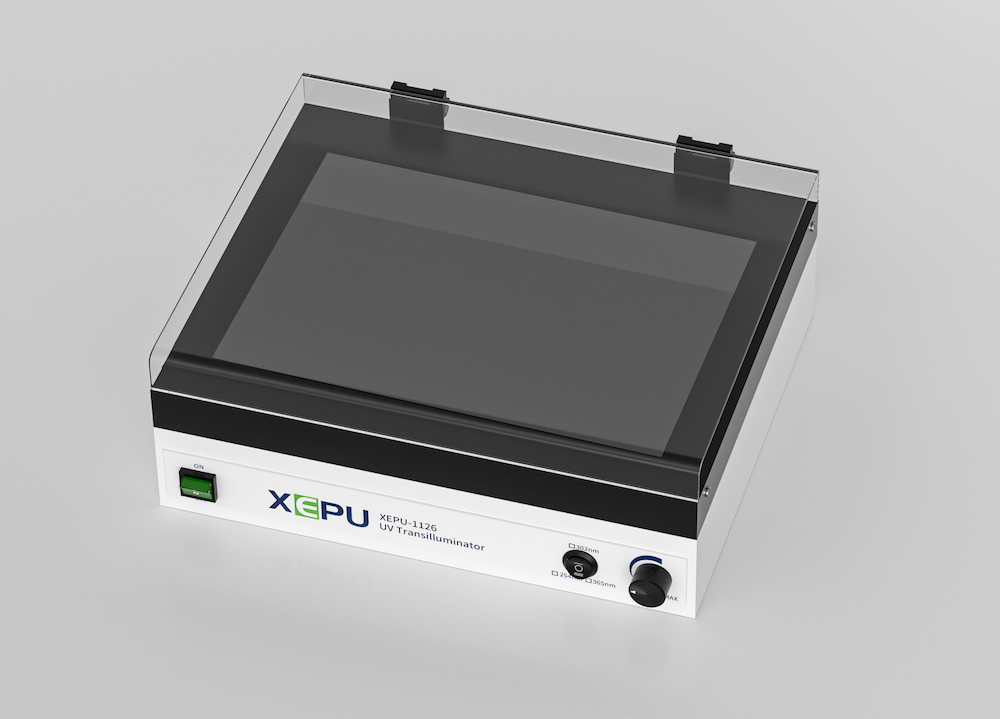
Step 3: Choose a well designed UV transilluminator
A useful function of XEPU UV transilluminators is adjustable UV light intensity. The operator can adjust UV light intensity from 10% to 99%, accommodating samples of different concentrations. Some samples require intense UV illumination for better fluorescence effects while other samples may require low UV intensity in order to avoid unwanted UV-induced changes. Therefore, we recommend XEPU UV transilluminators which offer you the flexibility to adjust UV intensity.
Last but not least, a UV transilluminator should be designed to provide UV protection. UV radiation can be dangerous for unprotected eyes and skin, so UV protection is necessary when using UV transilluminator. All XEPU UV transilluminators are equipped with a transparent UV block cover which protects the user and ensures clear viewing.
UV Transilluminator Selection Guide
In conclusion, there are three points to consider when choosing a UV transilluminator:
1) Determine the excitation wavelength based on your fluorescent dyes
2) Determine the required UV wavelength
3) Choose a well designed UV transilluminator that is flexible and easy to use
Learn more: XEPU UV transilluminator

